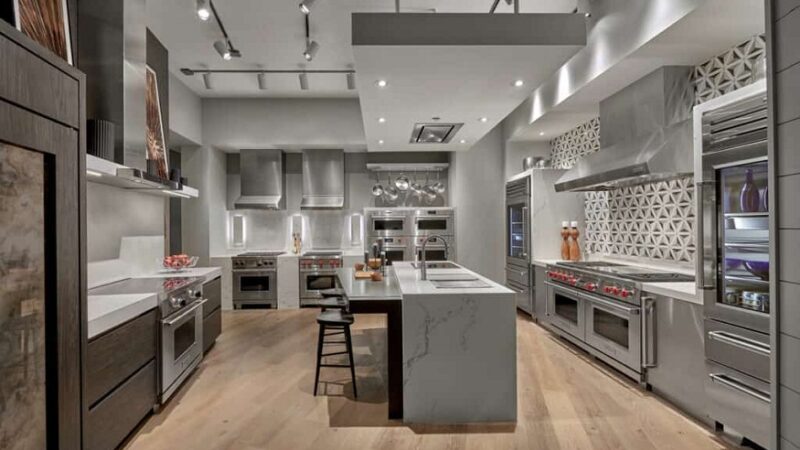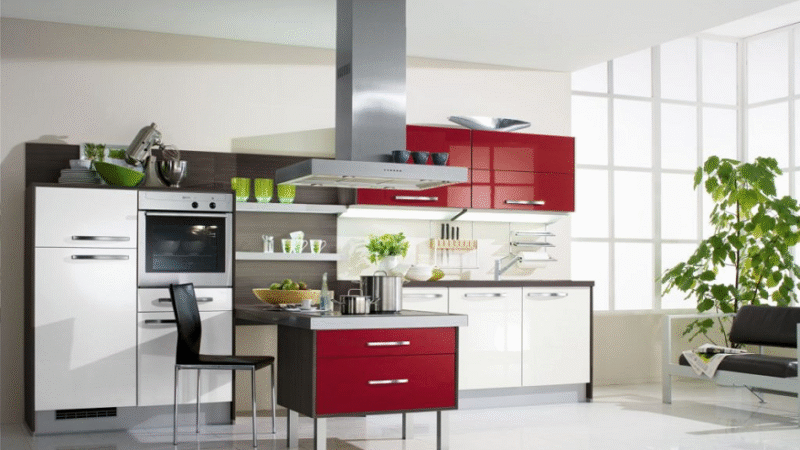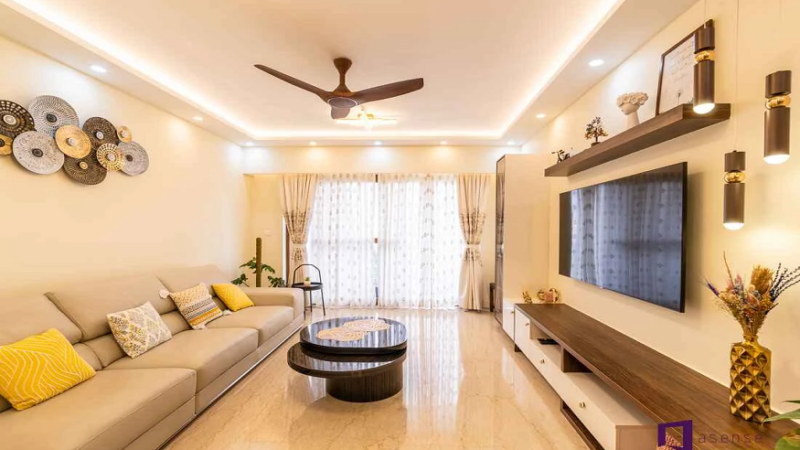Designing a Sunroom That Feels Like a Natural Extension of Your Home

A sunroom offers a unique opportunity to blend the beauty and tranquility of the outdoors with the convenience of your interior living space.More than just an add-on, a well-designed sunroom can become a seamless extension of your home, a bright and airy sanctuary where you can relax, entertain, and connect with nature year-round.
However, achieving this harmonious integration requires careful planning and consideration of several key design elements. This article will explore the essential aspects of creating a sunroom that truly feels like a natural and inviting part of your home.To truly achieve a sunroom that feels like a natural extension of your home, consider how you can turn your patio into a sunroom, seamlessly blending indoor and outdoor living.
Architectural Harmony: Bridging the Gap
The first and perhaps most crucial step in designing a cohesive sunroom are ensuring architectural harmony with your existing home. The sunroom’s style, roofline, and exterior materials should complement the main structure, creating a visual flow rather than an abrupt addition.
Consider the roof pitch and style of your house. Mimicking this in the sunroom design will create a unified look. For instance, if your home features a gabled roof, extending a similar gable for the sunroom will feel more natural than opting for a flat or shed roof. Similarly, the exterior siding, window trim, and even the foundation materials should ideally match or subtly complement those of your existing home. Brick, stone, wood, or stucco exteriors can be adapted to the sunroom design, ensuring a seamless transition.
Seamless Transitions: Blurring the Lines between Indoors and Outdoors
This can be achieved through thoughtful design choices that blur the traditional boundaries between inside and out.
Flooring is a key element in creating this seamless flow.Choosing materials that work well both indoors and in a sunroom environment, such as natural stone, tile, or even certain types of hardwood, can create a visual connection. Consider extending the same flooring from an adjacent room into the sunroom to eliminate a visual break. Alternatively, selecting a complementary material in a similar color palette can also achieve a harmonious transition.
Doorways connecting the sunroom to the main house should be wide and inviting. French doors, sliding glass doors, or even large openings without doors can create a sense of openness and allow for easy movement between the spaces. The goal is to avoid a narrow, closed-off entryway that makes the sunroom feel like a separate entity.
Bringing the Outdoors In: Embracing Natural Light and Views
Thoughtful window placement and selection are paramount in achieving this.Consider the orientation of your home and the sun’s path throughout the day when planning window placement. South-facing windows will receive the most direct sunlight, while east-facing windows will capture the morning light, and west-facing windows will offer warm afternoon illumination. Incorporating a variety of window types, such as floor-to-ceiling windows, awning windows for ventilation, and even skylights, can optimize light and airflow.
Frame materials and colors can also impact the feeling of connection to the outdoors. Natural wood frames can lend a warm and organic feel, while sleek, dark frames can create a dramatic contrast and highlight the views. Opting for thin frames can minimize visual obstructions and maximize the glass area.
Functionality and Flow: Designing for Seamless Living
Beyond aesthetics, the functionality and flow of the sunroom within your home are essential for creating a truly integrated living space. If you envision the sunroom as a dining area, ensure there is ample space for a table and chairs and easy access to the kitchen. If it’s intended as a relaxation space, comfortable seating arrangements, perhaps a daybed or armchairs, and good natural light for reading are important. For a multi-functional space, consider flexible furniture arrangements that can be easily adapted to different activities.
Traffic flow between the sunroom and the adjacent rooms should be intuitive and unobstructed. Avoid creating awkward bottlenecks or tight spaces that hinder movement. The goal is to make the sunroom feel like a natural extension of your daily living space, easily accessible and seamlessly integrated into your routine.
Conclusion: Cultivating a Natural Connection
Designing a sunroom that feels like a natural extension of your home is an investment in both your property and your lifestyle. By carefully considering the architectural harmony, creating seamless transitions, maximizing natural light and views, implementing a cohesive interior design, and prioritizing functionality and flow, you can transform a simple addition into a cherished space that blurs the lines between indoors and outdoors. The result will be a bright, inviting sanctuary that enhances your connection with nature and seamlessly integrates into the fabric of your home life.






